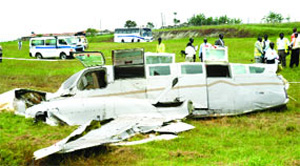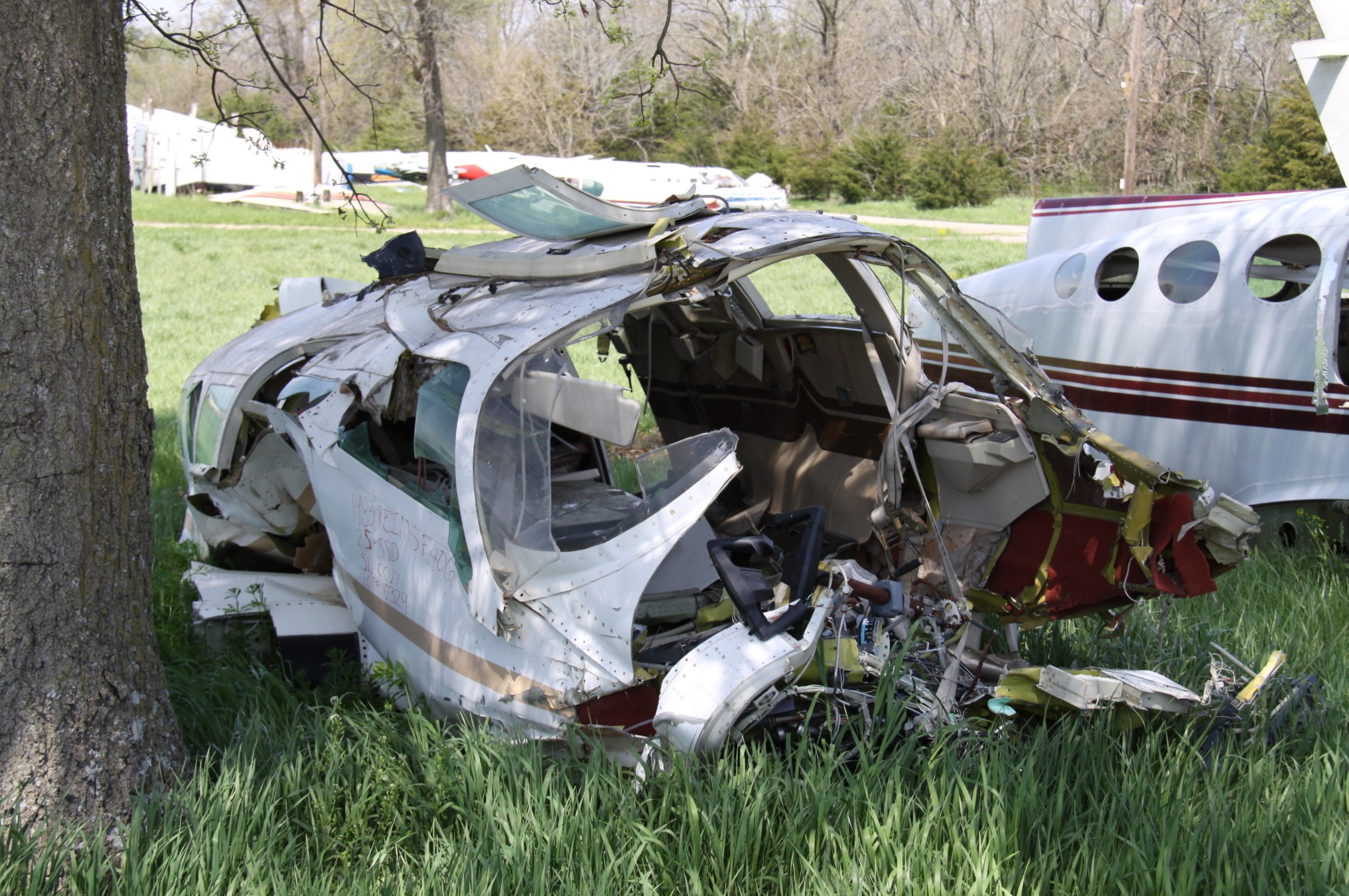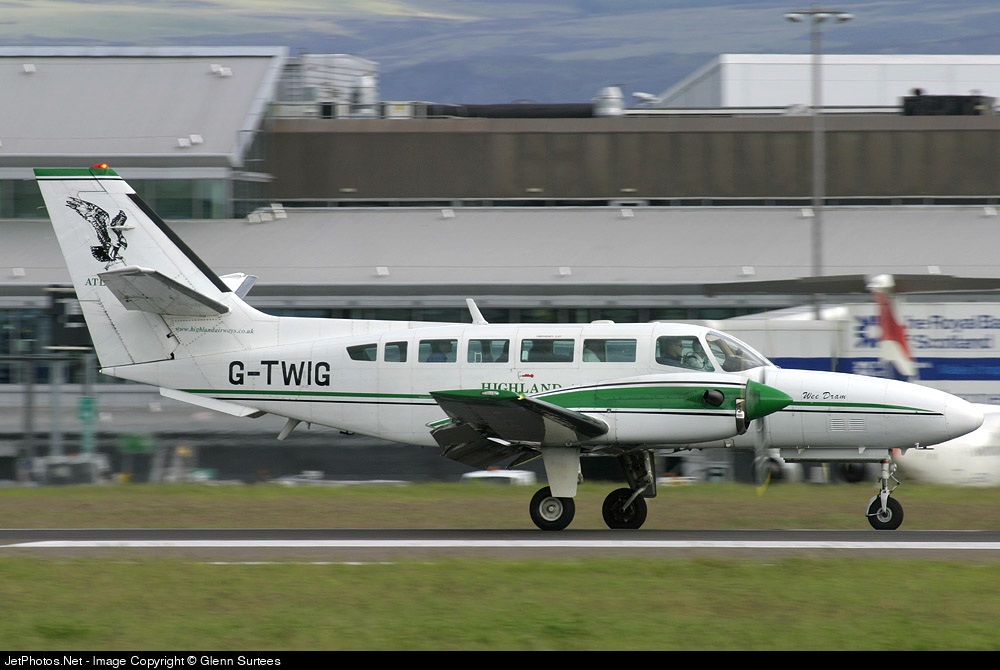Crash of a Cessna 406 Caravan II in Windhoek: 3 killed
Date & Time:
May 3, 2024 at 1708 LT
Registration:
V5-ASB
Survivors:
No
Schedule:
Windhoek - Windhoek
MSN:
406-0031
YOM:
1989
Crew on board:
2
Crew fatalities:
Pax on board:
1
Pax fatalities:
Other fatalities:
Total fatalities:
3
Circumstances:
The twin engine airplane departed Windhoek-Eros Airport on a local post maintenance test flight, carrying two pilots and one technician. After takeoff, the crew encountered an unexpected situation and elected to return for an emergency landing. On final approach to runway 19, the airplane went out of control and crashed in a street located in the suburb of Pioneerspark, bursting into flames. All three occupants were killed.











